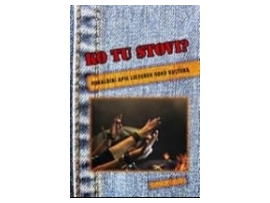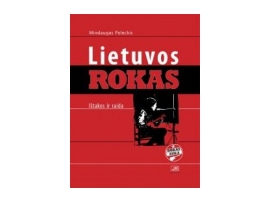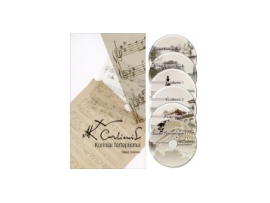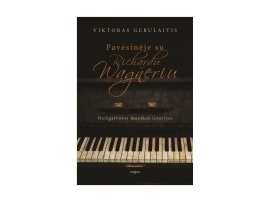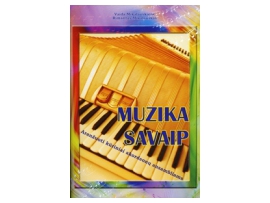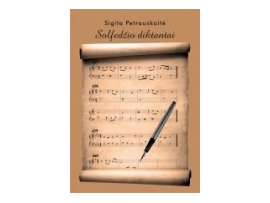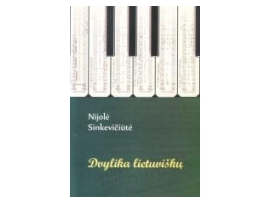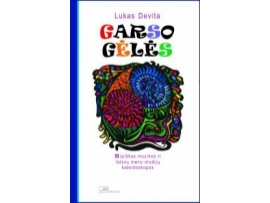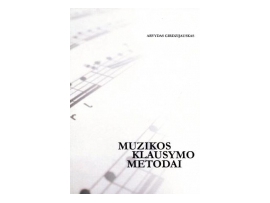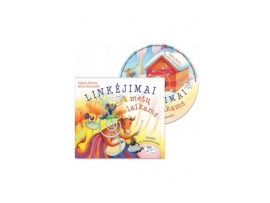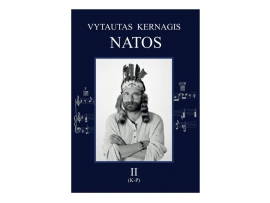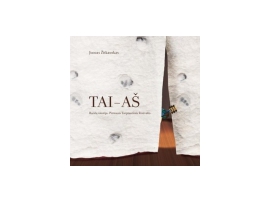Art studies: between method and fancy
Prekės ženklas: Vilniaus dailės akademijos leidykla
Prekės kodas: 9955624728
Pardavėjas:
ManoKnyga.lt

Kaina: 19.99 €
The majority of the essays in this collection originated in a conference ART STUDIES: BETWEEN METHOD AND FANCY held at Vilnius Academy of Fine Arts in April 2005. The conference was organized by the Vilnius Academy of Fine Arts with the support of the Lithuanian Ministry of Science and Education, the Municipality of the City of Vilnius and the British Council Lithuania. After officially joining the EU in May 2004, there has been general awareness in Lithuania of there being a lack of larger scale cooperation with European Institutions, art education sector being no exception. Thus this conference has aimed at overcoming the isolation of Lithuanian art-education system and engaging into dialogue with the colleagues both within the national education system and with the representatives of art education institutions from abroad. This main goal was achieved to the full – conference had delegates from Austria, Finland, Germany, Lithuania, Sweden, and the United Kingdom. The participants of discussions were invited to think of art studies in the context of the connections between history and the present, between methodical activity and creative freedom, the links between artistic independence and the needs of the market. Conference also posed the issue of connections between the local identity and the globalism, the trans-nationalism and the regionalism in the context of the expanding European Union. Delegates had an opportunity to compare and contrast the situation of the art studies within the Baltic region and the neighboring countries of Europe. It has also helped all of us to understand the essential characteristics that art educators from different cultures have in common and has lead to the question: how does the comparison of various art education traditions reflect the broader cultural patterns in the European Union? What challenges do art-students and professors from different countries have in common? And even: what is the nature and the role of contemporary art? One more goal of the conference – to foster stronger personal and institutional contacts between artists and art teachers from different countries – was achieved and has, actually, surpassed all expectations. Many of us who attended the conference found it very stimulating and there has been a lot of exchange between the participants and their respective institutions since the conference was over. In the name of the artistic community of the Vilnius Academy of Fine Arts I would like to express our thanks to those who contributed to the conference and to this book. There have been valuable outside contributions as well. We are very grateful to Guy...



